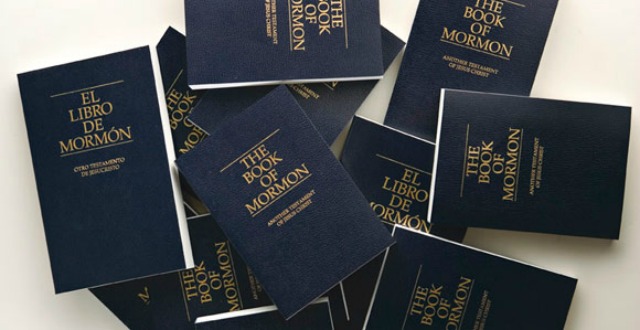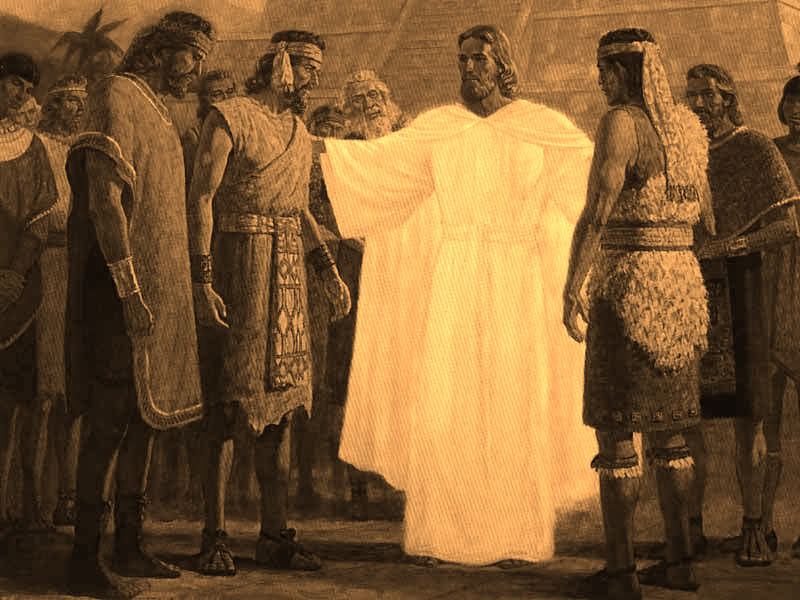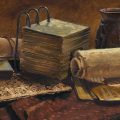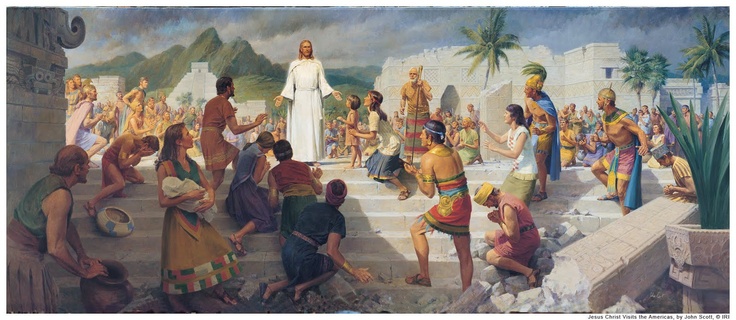Question
Dear Gramps,
I’d be pleased to know the names in the Book of Mormon pronouncing guide that you claim are in usage today in South America.
Roger
Answer
Dear Roger,
From those who speak Quichua, I have been told the following:
Mocum (Mocu)– the process for making chicha.
Kishkumen– A man of importance, with other men reporting to him.
From those who speak Aymara,
Alfa– the beginning of a new life.
Jacob– A former prophet of the Aymara that taught them the law of chastity.
Kishkumen– A plague that effects the plants, i.e., a bad storm.
Kumenonhi– After the resurrection the body receives greater vitality.
Mocum– A prophet of a former time.
Moriantum (Oriantum)– Paradise, or the future.
Rabbonah– Name of respect for a tribal chief.
Zarahemla- Zarahemnah– The past life of a person.
Gramps
Question
Dear Gramps,
In Alma 23:17, in the name Anti-Nephi-Lehi, what is the meaning of the word ‘anti’ here? Thank you very much,
Senen
Answer
Dear Senen,
No reference is given in the scriptures to the definition of the term Anti-Nephi-Lehi. However, we can use our imaginations. Nephi and the faithful who followed him were warned by the Lord to get away from the wicked Lamanites. They fled into the wilderness and found a new home and called the place Nephi (see 2 Nephi 5:5-8). That was within 30 years of the time that they arrived in the promised land. Now skip ahead to the time of Mosiah, sometime before 130 B.C., the Lord again had him and his righteous followers leave the land that was now called Nephi-Lehi because of the wickedness of the people and migrate to Zarahemla (See Omni 1:12). That left the land of Nephi-Lehi in possession of the wicked Lamanites. It was some of these wicked Lamanites that were converted by the four sons of Mosiah and made a covenant with the Lord to bury their weapons of war. They could well have taken the name Anti-Nephi-Lehites to separate themselves from the wicked Lamanites who were living in the land of Nephi-Lehi from which they came.
Gramps
Question
Gramps,
When King Mosiah gave Alma authority to set the church in order, Alma ordained priests and teachers. Jacob and Joseph were ordained as priests and teachers of this people. Is this the same office referred to in D&C 20 as part of the Aaronic Priesthood? Later, in Alma 4:7, teachers and priests and elders were consecrated by Alma. I am just trying to figure out what the office of a priest and/or teacher was in the days of Mosiah and Alma. Thanks,
Terryl
Answer
Dear Terryl,
The answer to your question was aptly given by President Joseph Fielding Smith Jr., in his Doctrines of Salvation, Vol.3, p.86, as follows:
“The Nephites did not officiate under the authority of the Aaronic Priesthood. They were not descendants of Aaron, and there were no Levites among them. There is no evidence in the Book of Mormon that they held the Aaronic Priesthood until after the ministry of the resurrected Lord among them, but the Book of Mormon tells us definitely, in many places, that the priesthood which they held and under which they officiated was the Priesthood after the holy order, the order of the Son of God. This higher priesthood can officiate in every ordinance of the gospel, and Jacob and Joseph, for instance, were consecrated priests and teachers after this order.”
Gramps







